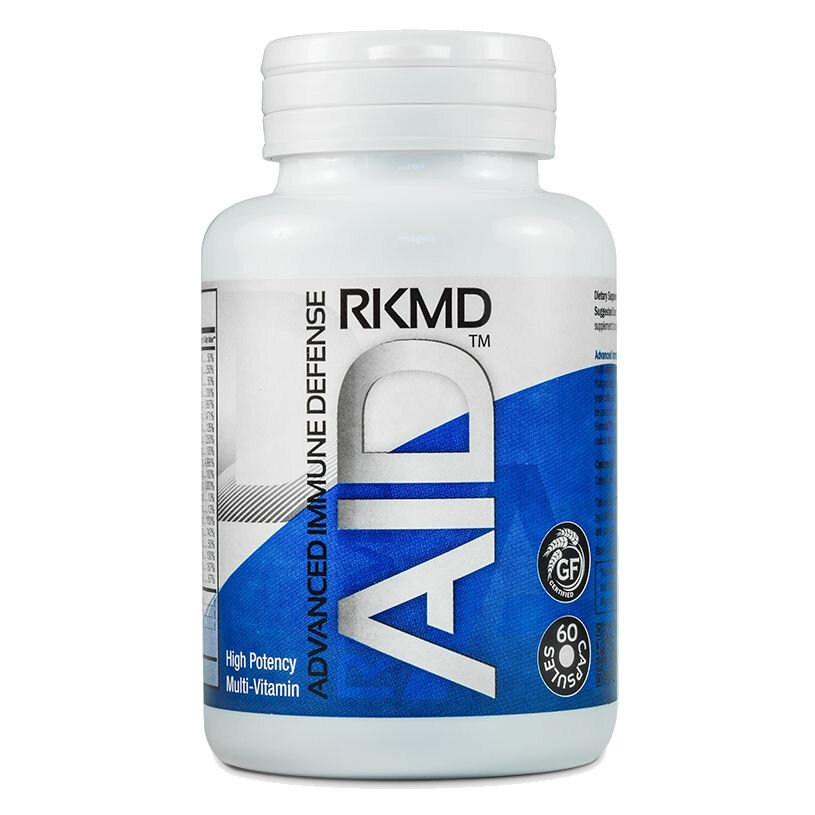Natto NSK Mega is Very Special!
Nattokinase is a specialized fibrinolytic enzyme. It is special in that it eats up or dissolves insoluble proteins in the blood. Removing such insoluble proteins (clots or plaque) supports healthy, unrestricted circulation. The Japanese food natto (from which nattokinase is extracted) is very rich in vitamin K2, which, although it is an excellent form of vitamin K, is contraindicated with many medications prescribed to prevent blood clots. The nattokinase used in NATTO NSK MEGA™ (Nattokinase NSK-SD™) is produced under a specific patented process that removes ALL the vitamin K, yielding only the purified enzyme. This allows this product to be used without concern by those restricted from Vitamin K.
The origins of this product stem from the tradition and stories behind the fermented Japanese soybean dish n attō. This dish is believed to be one of the main factors behind the Japanese people's generally superior cardiovascular health. In fact, natto, Japan's traditional "vegetable cheese" formed by fermenting soybeans has been revered for its heart and health and energy benefits in Japan for more than 1,000 years. Natto was a traditional food of Samurai warriors to help them recover from injuries that would develop scar tissue. Today, natto is regularly consumed by many Japanese citizens, and it is widely thought to contribute to their renowned heart health and longevity. Japanese people, on average, live longer than any other people on earth.
Very interestingly, and only discovered recently, Natto contains the largest amount of PQQ of any food. PQQ helps mitochondria to regenerate. So, not only does Natto help in dissolving scar tissue and fibrinogen, but it also helps regenerate mitochondria (the power source in each human cell).
Scientifically speaking, however, there are only few studies that strongly support the idea that nattokinase is helpful for improving cardiovascular function (many more are needed). That is not to say that promising research doesn't exist; it is simply that most of the studies are small or poorly designed. Here are a few worth studies considering. Also, please see the videos below.
Natto NSK Mega Capsules - Frequently Asked Questions
What Is Unique About Our Nattokinase Mega Capsules?
Our Nattokinase capsules have had the Vitamin K2 removed, making them usable by those under wellness provider recommendation to avoid Vitamin K2. Also, each capsule supplies 20,000 FU/gram rather than 2,000 which is more common.
What Are the Most Common Signals That Person Could Recognize That Natto NSK Mega Might be a Good Supplement for Him or Her to Take?
High Blood Pressure - this is the # 1 signal that plaque may be built up inside one's arteries causing more pressure to be needed to move blood through the reduced arterial diameter. In this case, dissolving plaque is getting at the root cause. Eating Natto or taking a natto supplement would be a wonderful supportive action to take.
Swelling in Arms or Legs - this is a signal that returns blood flow is impeded. This could be due to complement, or plaque buildup in capillaries.
Leg Cramps - this could be another sign of blood flow restriction.
Cold Hands and Feet - there are many causes for this, but one cause is reduced circulation.
What Studies and Scientific References Are There Regarding the Components of Nattokinase Mega Capsules?
Atherosclerosis:
Atherosclerosis, also referred to as the "hardening of arteries" is a buildup of fatty plaques on the arterial walls, which can also be accompanied by calcium deposits into that plaque.
A 2018 study from China, involving 76 adults with atherosclerosis, reported that participants given a 150-mg daily dose of nattokinase over 26 weeks experienced a 36.6% reduction in arterial plaque compared to only 11.5% in those given a 20-mg dose of simvastatin. Additionally, nattokinase increased the level of "good" HDL cholesterol where simvastatin didn't.
On the flip side, simvastatin was far more effective in reducing the total cholesterol, triglycerides, and "bad" LDL cholesterol.
These findings may seem contradictory. They definitely highlight the how little scientists understand about the mechanism of action of nattokinase or cholesterol lowering drugs for that matter. Which is more important for cardiovascular health... less plaque or lower cholesterol? Further research is needed.
Blood Pressure:
A dietary study was done with 86 persons, 44 taking Nattokinase and 42 as controls (not taking Nattokinase). The published results were as follows:
After 4 weeks, a 2.6 point greater drop in systolic blood pressure for those taking Nattokinase. After 8 weeks, a 5.5 point greater drop in systolic blood pressure for those taking Nattokinase. Although such small studies are not conclusive, they are strongly suggestive that Nattokinase could be helpful. Longer term studies would be very useful.
Stroke
Cardiovascular disease and brain health are closely linked. In recent years, there have been suggestions that nattokinase may have neuroprotective properties that halt disease progression in people with ischemic stroke.
A 2015 study in the journal Stroke reported that nattokinase, given by injection, may the improve blood flow to the brain following a stroke. By injecting lab mice with three doses of nattokinase prior to an induced stroke, the scientists found that smaller vessels in the brain remained unblocked, limiting the spread of tissue damage.

















